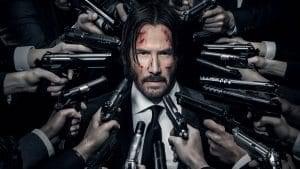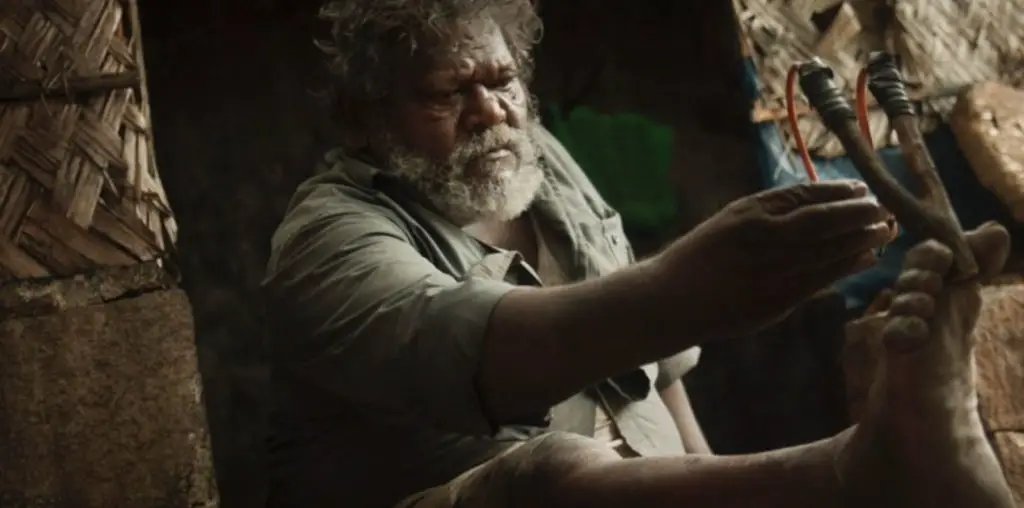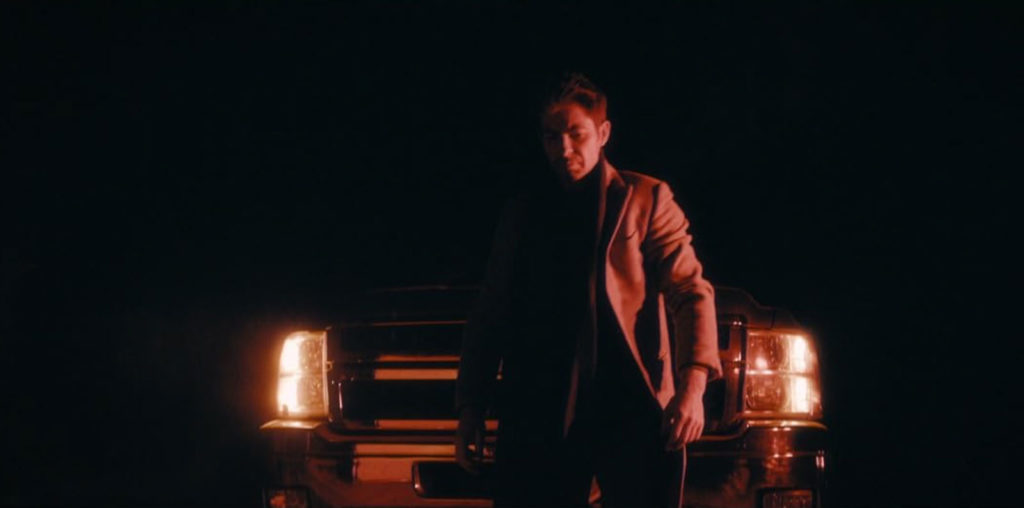
Guns have been in movies pretty much since we started making movies. After all, conflict is the driving force of so many stories and those exciting action scenes are all the more thrilling when lives hang in the balance.
But as well as raising the stakes, guns, particularly handguns, act as something of a universal cultural touchstone to audiences, telling us as much about a character as their actions do. Thanks to three specific depictions of guns seen in movies over and over again, you can tell almost everything about a character just by seeing their weaponry.
For the majority of western, specifically American, audiences, guns hold a specific cultural significance that other cultures don’t really buy into.
To Americans, guns are the symbol of that frontiersmanship that has come to define the national identity. From the struggle to achieve independence to “taming” the wild west, the gun was considered the tool that allowed Americans to express and defend their civil liberties.
Gun Trope #1: Cowboys
Back in the day, the Western was the super-hero movie of its time — the summer blockbuster that drew in the crowds thanks to its epic scenery, iconic characters and of course, gun fights.
Of course, in reality, shootouts never happened in the years of the true cowboy. But the image of the hero defending his liberties from evil, or sometimes defending “civilization” from “barbaric” natives is seared into the movie-going consciousness.
Gun Trope #2: Detectives
Detective movies and cop shows paint an altogether more sophisticated and orderly portrayal of guns. Rather than being flashy and explicit, they’re uniform and often hidden within shoulder holsters. In these cases, the gun is very much a tool rather than a statement.
Detectives, especially in movies set in the 20s, carry concealed weapons (and sometimes shotguns). You see a guy in a suit carrying a gun and you immediately think “cop” or “gangster”. What do these two have in common? Organization.
Gun Trope #3: The Outsiders
Seen through a purely American lens, foreign versions of their technology fall into two broad camps, defyingly exotic or technologically different (either superior or inferior). You see a bad guy that isn’t American and you KNOW he isn’t American because his weapon is clearly not like the ones you recognize. This is best demonstrated by this guy:
There’s no reason for Karl not to have an MP5 like most of the henchmen. But instead, he has a Steyr AUG, a gun that looks notably weird and elaborate compared with the other guns in the movie. This is deliberate because it reinforces the fact that Karl is German — an outsider, and thus evil.
As a result of these tropes, film makers today can play with these expectations to tell us all sorts of things about their characters. And once you start to see it, you’ll never unsee it.
What guns can tell us about the people carrying them
Let’s see how we can use these tropes to immediately learn something about the characters.

Han Solo
Here’s a classic look. The gun belt and the low-slung hip holster just screams “cowboy”. If you knew nothing at all about this character, you could infer that he is a renegade man of action. His blaster is always at his side and he plays fast and loose with the law.
In Star Wars, Han Solo is a smuggler and a rogue who lives on the edge. He’s a man of action who makes things up on the fly and lives very much outside the law. Those classic cowboy elements are reinforced by the way he carries his blaster. By comparison, the Stormtroopers are always seen carrying their weapons like they’re on the parade ground, reinforcing the authoritarian nature of the Empire.

John Wick
Suit + Gun. Cop, right? Or maybe a gangster? Sort of. John Wick is a retired assassin, who is described by several characters as “a man of great focus”. His guns are his stock in trade. He is a disciplined professional and this is again reinforced by the guns he uses how he carries them.
Unlike Han Solo’s “fire from the hip and hope like hell” approach, John’s weapons are only on show when he’s using them. He conceals his weapons to blend in and fires his gun two-handed, from a crab-like crouch. No one else in the movie uses their gun like this, again, reinforcing the character traits of being unique, focused and disciplined.

Anton Chigurh
Everything about Anton is just slightly off. From his hair style, to his accent, to his specialist means of killing. Anton uses two guns in No Country for Old Men, a silenced shotgun and a slaughterhouse bolt gun.
The small-town Texas police have no idea what to make of the bolt gun victims at first and this serves to emphasise the sense of the uncanny, the familiar (guy shot in the head) but somehow alien (no sign of a bullet). This present Anton as sort of inhuman doom descending on the other characters like a force of nature rather than a man.
The bolt gun also reflects Anton’s disregard for human life. The people who arrive at Anton’s feet are there because of fate and it is his job to kill them. To him it is known and obvious and as mundane as killing the next cow in line at the abattoir.
Even his shotgun, with its stainless steel silencer, is markedly different from the other, clearly American shotguns we see in the film. If used something as mundane as a pistol to perform his work, something about Anton’s creepiness would be greatly diminished.

“Dirty” Harry Callahan
Clint Eastwood’s Dirty Harry is a marvellous mix of expectations. He has a suit and a shoulder holster, which codes him as a man of order and control. But his gun is the legendarily absurd .44 Magnum, the most powerful handgun in the world.
In a world where most cops or suited villains are carrying semi-auto pistols of the Colt M1911 variety, Harry carries a six-shooter. Who carries a six-shooter? Cowboys! Individual men of righteous action who dispense personal justice out on the wild frontier.
Dirty Harry’s gun is a visual representation of his world view and personality. In the films, Dirty Harry is a cop, but a loose cannon, whose devil-may-care means are justified by his extermination of the bad guys.
Guns are used for so much more than thrilling action. They can provide a vital role in helping us understand the personality and motivations of the characters on screen using simple, visual cues that we all understand. So next time you go to the movies, think about why a character carries a certain type of gun, and what that says about them.


